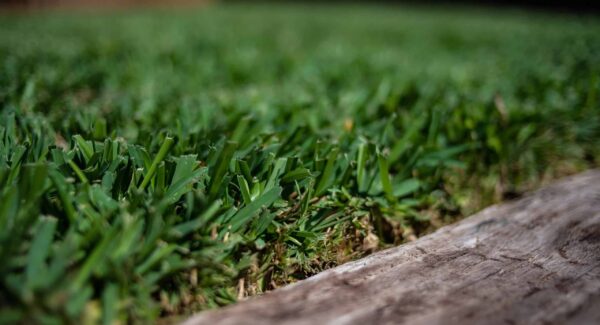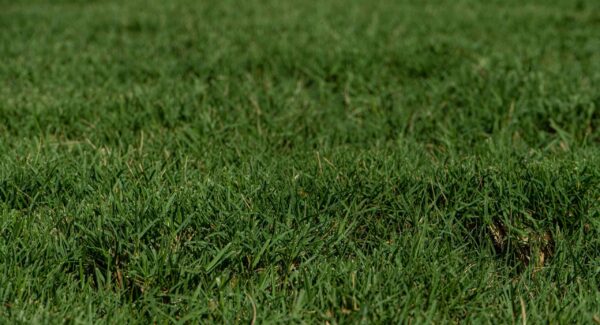Tips For How to Install and Maintain Sod
Sod Installation Tips and Information
Soil
Know your foundation
Understanding the acidity of your soil can help you to decide which type of sod you want to use and if you need to do any additional prep work before laying sod. Most turf grasses work well in soil with a pH that is slightly acidic, generally between 6 and 7.5. You can take a small sample of soil and send it in to an ag lab for testing to find out how your earth ranks.
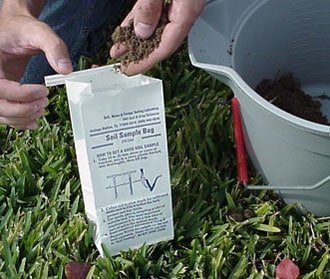
Measure
Measure twice, lay once
It’s generally best practice to order 5-10% more sod than the size of your property, allowing you to work around curves and other unique areas.
Sunlight
The dark side of your lawn
Knowing how much direct sunlight hits your lawn will help inform your decision on which type of sod to purchase. Whether you have a lot of tree shade or your grass is completely exposed to the Texas sun can have a massive impact on the success of your sod project. Ask a sod expert to show you which types of grass will work best with your property.
Timing
When to plant your sod
Ideally, your sod will be delivered within 24 hours of your planned planting time. By planning to lay your sod on the day that it is delivered, you can help to ensure that your grass stay fresh and hydrated until it can be laid and watered.
Drainage
Protect your sod from flooding
Creating a proper drainage system for your lawn can be the difference between a healthy, green lawn and a mud pit come April-May. Installing a drainage system of pipes and outlets will help to regulate the amount of water that your sod receives and mitigate dangerous flooding and standing water. Reducing standing water also helps to keep mosquitoes off your yard.
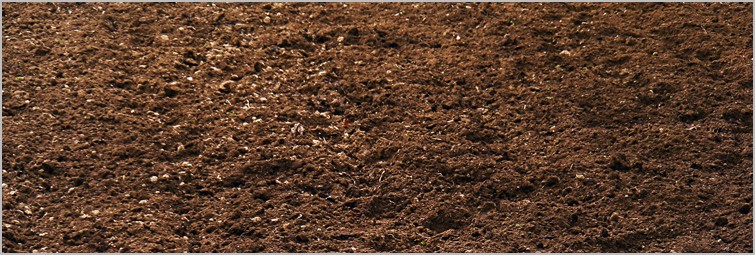
Fertilizer
Nourish your sod
Loosen up your soil to about 6 or 8 inches, removing any rocks or debris. You can then till in about 2-3 inches of a landscape/garden mix. By adding the proper soil blend and organic matter to your soil, you can increase water retention, improve aeration, and add crucial microbes that are necessary for sustained lawn health.
Level
Smooth and steady
Rake your soil so that it is even and level across your property. Uneven ground will result in uneven sod and more difficulty in the laying process. You should generally pre-water the area 24-48 hours before laying sod. Moist dirt will help the sod take to the soil and plant roots more quickly, especially when planting in the dry summer months.
Seams
Create tight seams
It is important to align the edges of your sod so that there is no overlap. By pushing your thumbs down the edges, you can help the grass blocks to fit snugly against one another, reducing the chances of air pockets and bare soil in the finished product.
Rolling
Smush your sod
A lawn roller will help to create strong contact points between the sod and your soil. These contact points will allow the sod to more easily take root in your soil and become sustainably healthy.
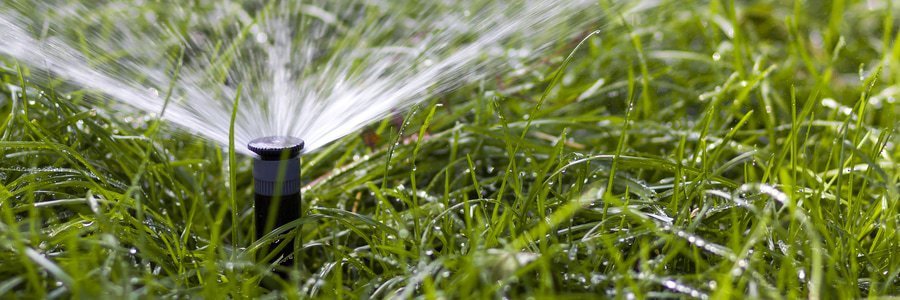
Watering
Your sod is thirsty
New sod should be given an inch to an inch & a half of water daily, unless there is substantial rainfall. Do not water in excess so as to create puddles, which can rot the grass or encourage fungal diseases. After the first seven to ten days, you can generally go down to watering every other day, reducing it even further as you move into the third and fourth weeks. Strategic watering encourages the blades to send their roots deeper into the soil, increasing the chances of long lasting sod.
*If laying sod in the summer months, newly planted sod requires more water and needs 1″ of water daily for the first week.
Traffic
Keep off the grass
Wherever possible, eliminate or reduce any traffic on your newly laid sod. Footsteps can create uneven areas and even damage the grass itself. You can usually rake out any footprints in the soil, especially during the laying process.
Weather
When to plant
Planting sod often depends on the type of grass that you want in your yard. While many types of sod can be planted year round, the intense polarities of Texas weather can make a difference, especially when comparing the scorching heat of summer and the occasional freezing weeks of winter. If you are set on a certain species of sod, you may want to wait for the right month, conversely if you want to plant at a certain time, you will want to choose from the appropriate type of grass. A sod expert can help you make that decision and plan accordingly.
More Sod Installation Tips and Blogs
- Sod Installation
- Benefits of Sod
- What to Ask Before Buying Sod
- Can Sod Increase Your Home’s Value?
- Properly Installing Sod
- How to Lay Sod
- Sod vs Seed
- Why You Should Install Sod During the Winter in Texas
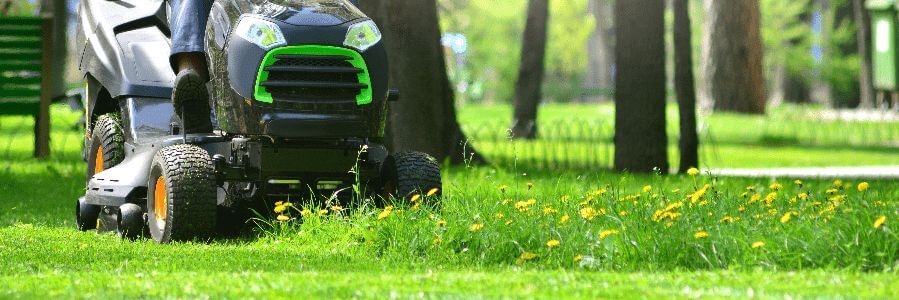
Sod Maintenance and Information
Watering
How much do I need to water sod?
Permeation is key when it comes to watering your sod lawn. A light application of water will often evaporate before it soaks down into the soil & reaching the roots.
- Soak the soil to the depth of 6 inches by applying at least one to one and a half inches of water for ideal infiltration and hydration
- Water in the morning only to prevent fungal lawn disease
- Water if the blades look wilted or if the top 2 inches of soil is dry
Mowing
When should I mow my sod lawn?
Mowing is always going to be necessary to maintain a well manicured lawn (unless you are a shepherd). Knowing when to mow and how low to go can have a significant impact on the health of your sod lawn. Cutting too low to the soil will make it difficult for the roots to receive proper nourishment, starving the grass. Letting it grow too tall can block out necessary sunlight and encourage lawn pests & diseases
- Mow when the grass is 2.5 to 3 inches tall (3+ inches for new grass)
- Cut it back to the recommended mow-height, taking care not to remove more than a 1/3 of the blade each pass
Fertilizing
Does sod need fertilizer?
Yes, sod can also benefit from routine fertilizer infusions. Fertilizer will help your grass to grow and remain healthy throughout the seasons – Especially during growing periods.
- Add fertilizer to the soil in the spring, summer, and fall seasons, while the grass is actively growing
- Test your soil at least every two years to help choose the right fertilizer
- Slow release, granular fertilizer will make it easier to spread evenly throughout your sod lawn
Dethatching

What is dethatching a sod lawn and how that can help you?
Dethatching the sod is done when the grass feels bouncy under foot or it seems thicker due to grass clipping buildup. Use a thatching rake to pull the grass blades upward and remove the debris caught between the blades. Dethatching works the best in late spring or early fall.
Aerating
The benefits of aerating sod
Aerating the sod is not a yearly maintenance step unless the lawn is heavily used. Aerate your lawn when the soil becomes compacted and the water runs off the ground rather than sinking into the soil. The earth must be softened for a couple of days with water. Dethatch the sod first, and remove the 1/4- to 1/2-inch-wide soil cores taken out 3 inches deep and spaced 4 to 6 inches apart. Leave the cores on the lawn to break up naturally and act as a top dressing.
Salt
Counteracting salt levels
Some areas have a higher salt level in the water, notably in certain places in Texas. Increased levels of sodium will degrade soil quality, reduce the effectiveness of water infiltration, and make droughts worse. Watering deeply and occasionally can help reduce the chances of salt accumulation in the soil.
Weather

Managing everything from floods to droughts
The weather in Texas can go from a deluge of rain to an arid drought in a matter of months. High winds can leech moisture from your lawn, drought can encourage certain lawn pests & stress your grass, snap freezes can kill your roots, and flash floods can result in fungal lawn disease. Knowing when these seasons occur and how to prepare for them can make the difference between a healthy lawn and needing to re-sod again.
Central Texas Weather Trends
Coldest Month: January – Prepare for ice and freezing winds
Hottest Months: June-August – Prepare for scorching sun, drought, and parched lawns
Rainiest Months: May & October – Prepare for sudden and intense precipitation
More Sod Maintenance Tips and Blogs
- Handling Sod Webworms in Texas
- What Happens on a Sod Farm?
- Benefits of Sod
- How Sod is Harvested
- Where Should I Buy Sod
- How Big is a Pallet of Sod?
- How Much Does a Pallet of Sod Weigh?
Contact a Sod Expert

DIY can be a rewarding experience, but it isn’t for everyone and even the most experienced DIY’ers will often consult an expert for their sod project. If you are interested in laying new sod, taking care of it, or just need some help maintaining your lawn, please reach out to our friendly and help team of lawn care experts. We can help get your sod project off the ground onto your property!
